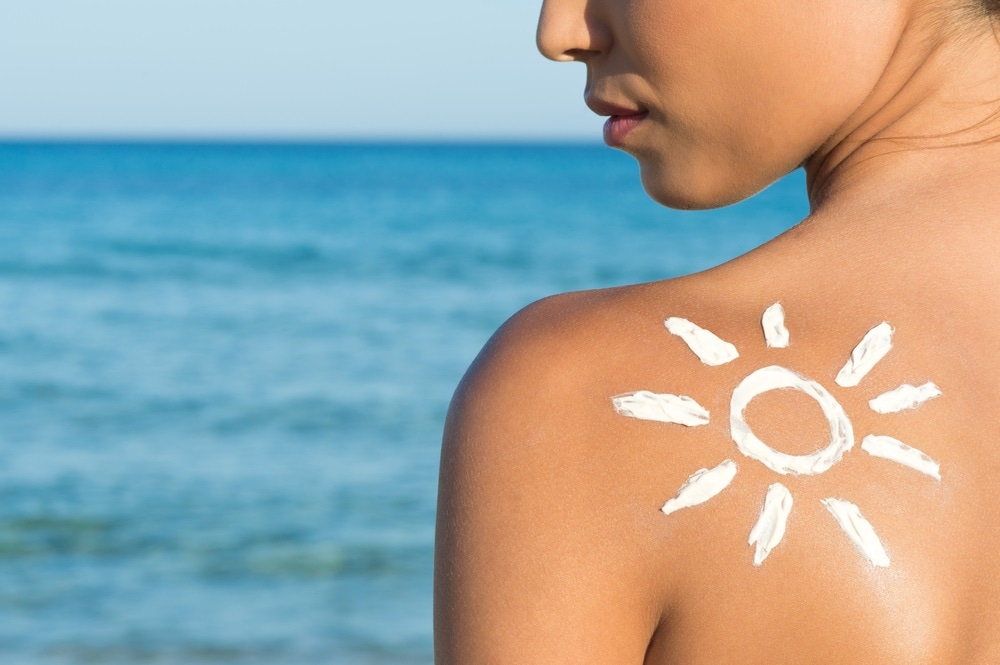
The public-health campaigns seem to be changing young people’s behavior
The researchers think the findings suggest that public-health campaigns encouraging people to protect themselves from the sun are changing behaviors among millennials and post-millennials."There seems to be a breakthrough happening that might really reverse the trend for increasing melanoma incidence," says co-senior author Margaret Madeleine, an epidemiologist at Fred Hutchinson who specializes in cancer-incidence trends.
Melanoma statistics
Melanoma, which is caused by exposure to ultraviolet radiation from the sun, is the most common skin cancer and the fifth most common of all cancers in the United States. According to the American Cancer Society, the incidence of melanoma has rapidly increased over the past few decades, although this has varied by age.The society estimated that in 2019, approximately 96,480 new melanomas would be diagnosed across the United States and that around 7,230 people would die from the condition.
If melanoma is detected and treated at an early stage, patients have more than a 95% chance of surviving for five years or more. However, without early detection and treatment, the cancer can spread to organs such as the liver, brain, and lungs and become life-threatening.
Co-senior author Jennifer Gardner, who is a dermatologist at the UW School of Medicine, says the vast majority of patients at her practice are middle- and older-age adults, but that melanoma can absolutely affect younger adults.
I do have patients who are in the prime of their life and otherwise healthy, and they're thinking about other things and bigger ambitions, and unfortunately, this diagnosis really hits them quite hard,"
Jennifer Gardner, dermatologist at UW School of Medicine
The team wanted to know whether public health campaigns were working
For the study, the team gathered data available for 988,000 cases of invasive melanoma from databases at the National Cancer Institute and the Centers for Disease Control and Prevention.
They calculated the annual percentage of change for different age groups, which were pediatric (aged 0 to 9 years), adolescent (aged 10 to 19 years), young adult (aged 20 to 29 years) and adults in 10-year increments from age 30 years to 80 years or older.
The rate increased in the population overall but fell among younger people
The results showed that, across all age groups, the rate of melanoma steadily increased between 2001 and 2015, from 50,272 to 83,362. The authors say this overall increase was mainly driven by adults aged 40 years and older.However, among adolescents and young adults, the melanoma incidence peaked around the year 2005, but then steadily decreased through the years up to 2015. The incidence rate among males in these age groups fell by approximately 4% every year, and among females, it fell by approximately 4.5% every year.
Similar has happened in Australia
The authors say the fall in incidence rates mirrors a similar fall seen among younger people in Australia, which started in about 1988. The team thinks that turnaround can be attributed to public-health efforts such as the "Slip! Slop! Slap!" campaign aiming to promote sun-protective behaviors.More public health work is still needed
Gardner says that in the United States, "we're doing a better job of treating more advanced types of melanoma, but we are still seeing it increasing overall, so the (public health) work is not done. More efforts for prevention make a lot of sense."
Melanoma rates drop sharply among teens, young adults. Eurekalert. Available at: https://www.cancer.org/cancer/melanoma-skin-cancer/about/key-statistics.html






No comments
Post a Comment